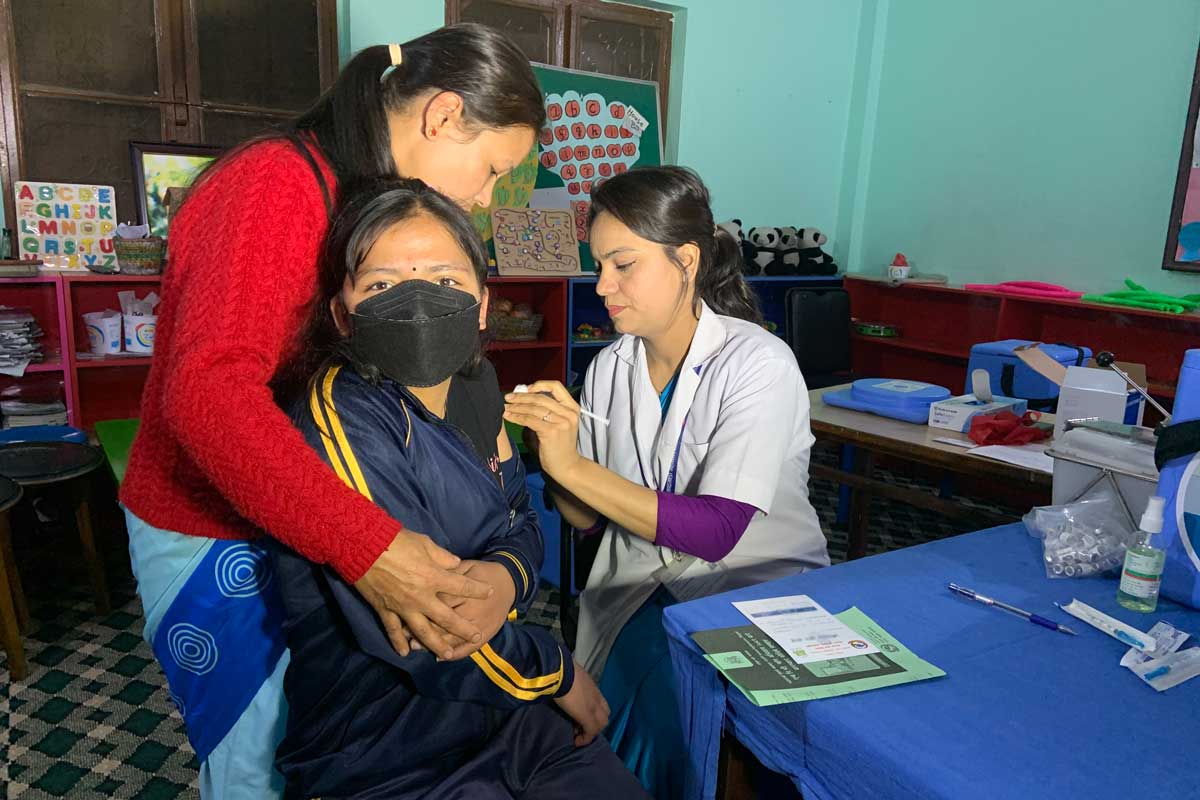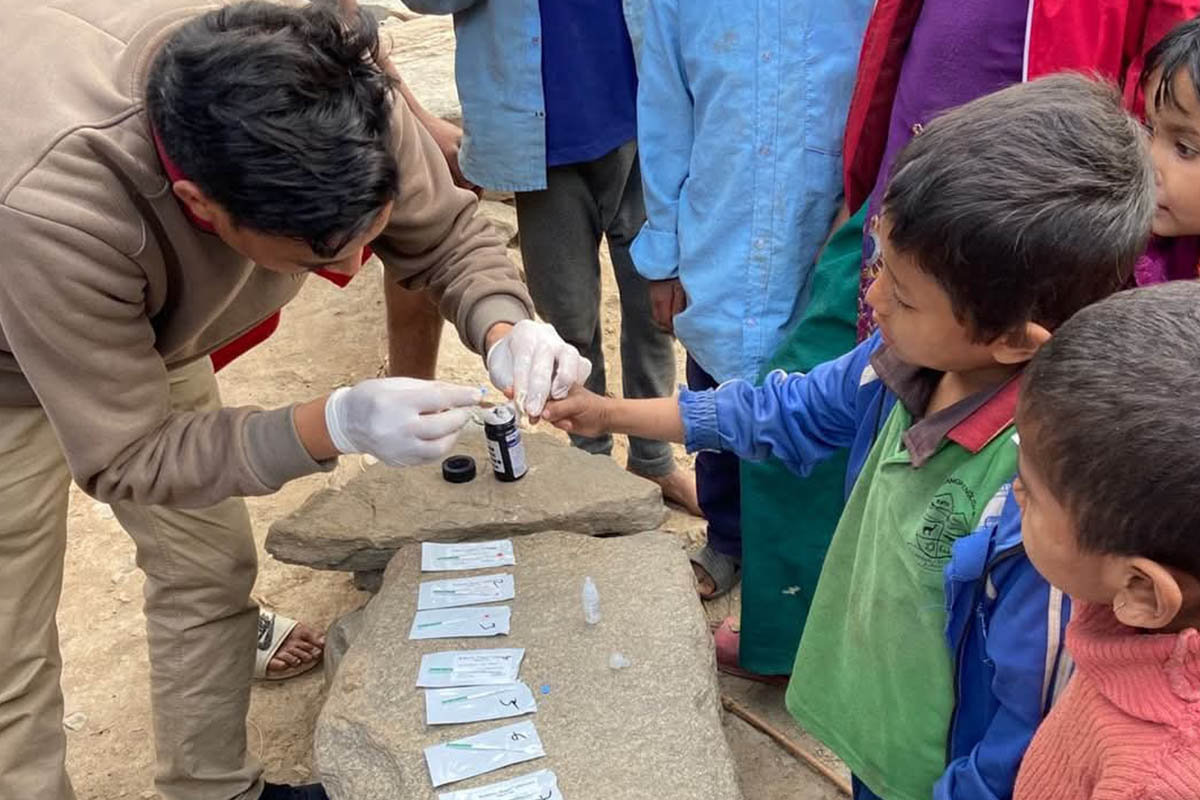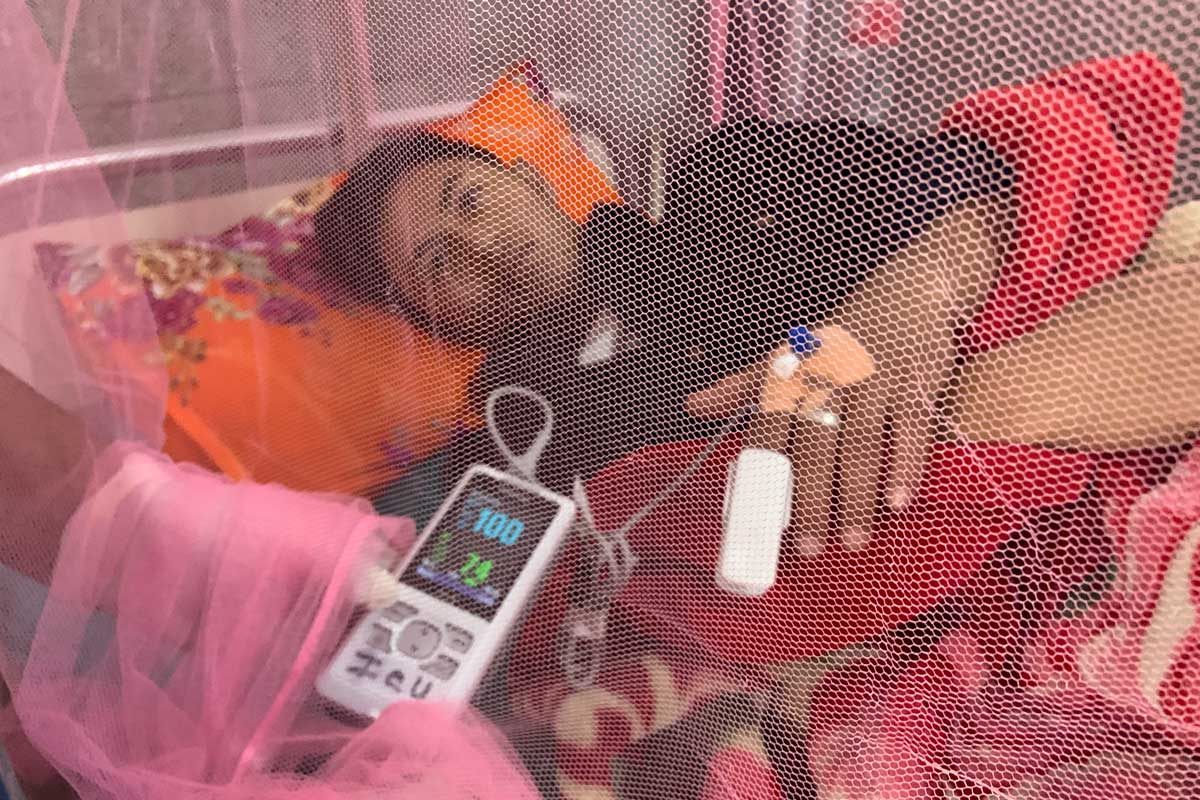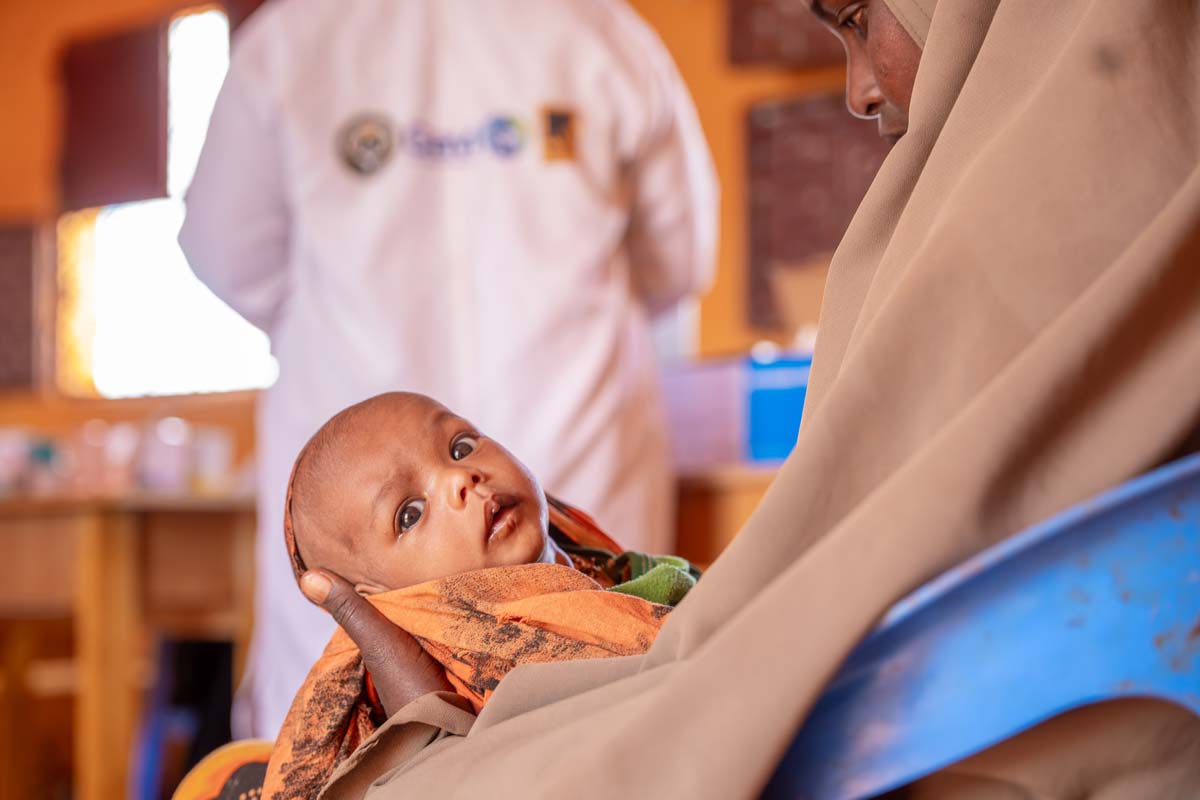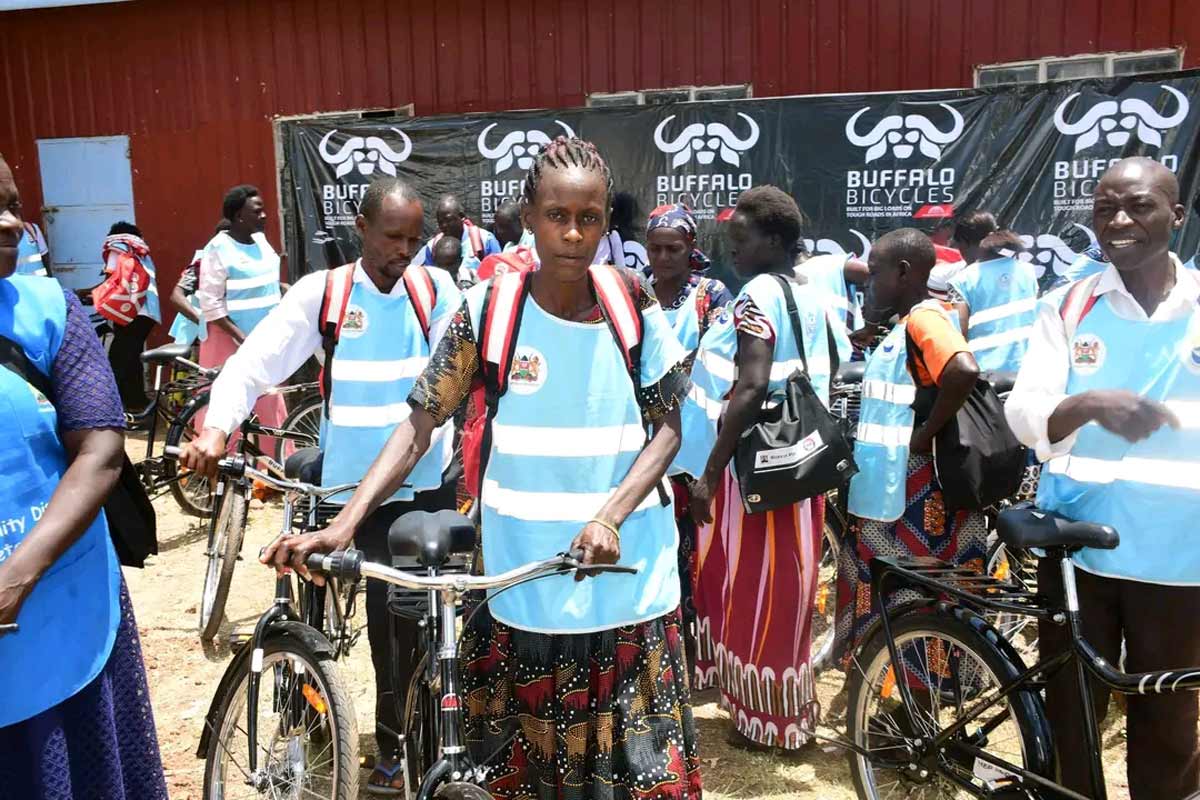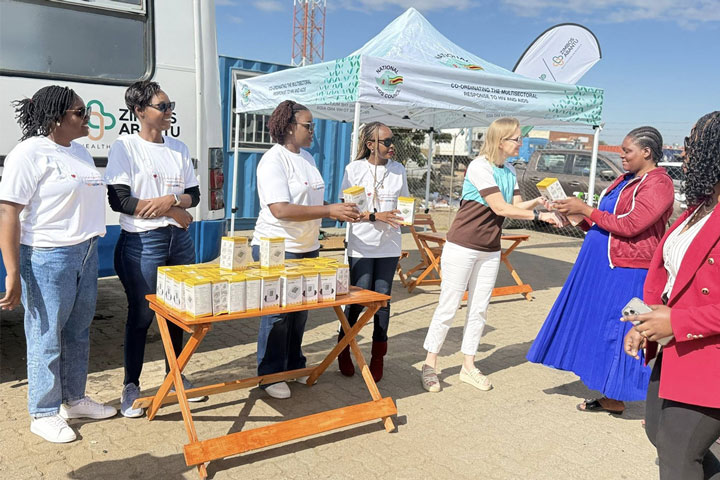How Nepal hit its 100% immunisation target
This year for the first time, all 77 districts of Nepal could declare "full immunisation" for children under two.
- 20 August 2025
- 5 min read
- by Pragya Timsina
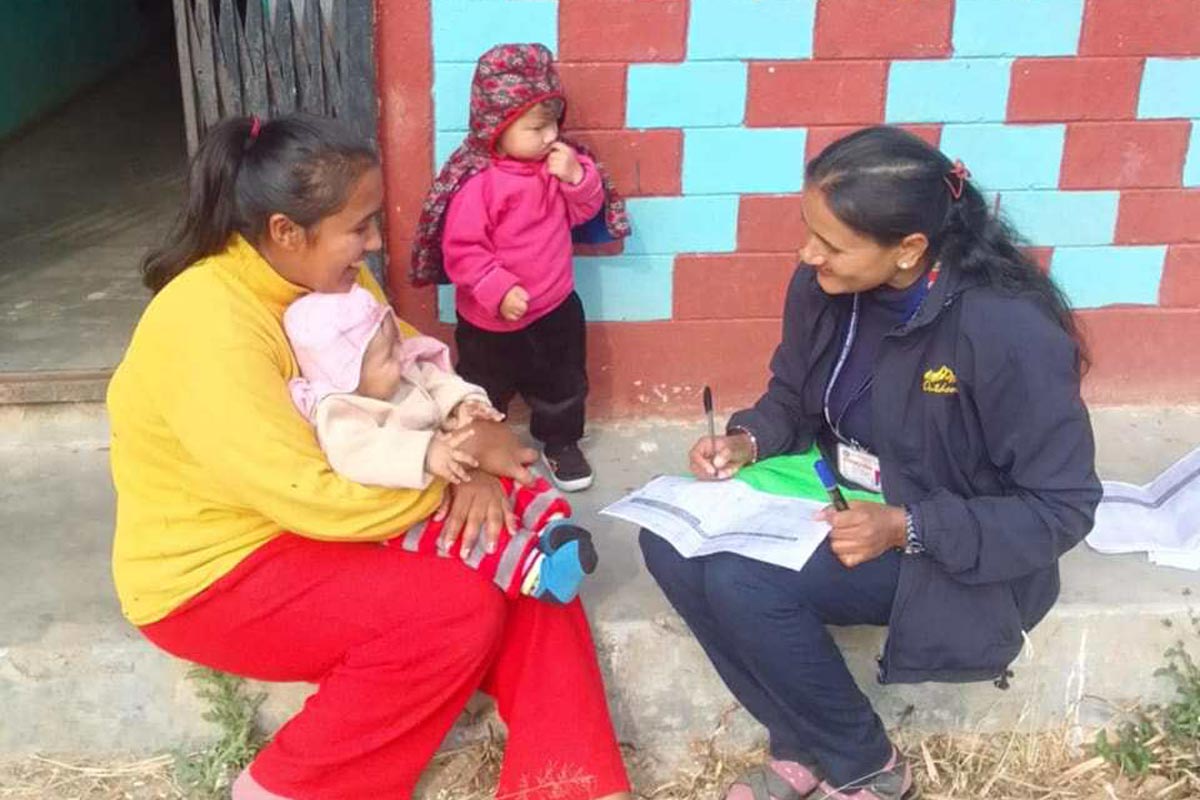
This year, for the first time in the history of Nepal’s National Immunization Program, all 77 districts of the country declared themselves “fully immunised” – meaning that all children aged under two had officially received their recommended vaccines.
While Nepal’s immunisation system deserves its generally strong reputation, the country’s geography of extremes has made this comprehensive achievement elusive. In past years, certain districts belonging to the Himalayan regions, including Dolpa, Mugu and Humla, have not been able to count themselves as fully immunised when the national data was collated at mid-year.
To discover what it has taken to turn that pattern around, VaccinesWork spoke to frontliners from some of the hardest-to-reach spots in the country.
Mountain high
Tsum Nubri is one of Nepal’s remotest villages. Lying up against the Chinese border at an elevation of 3,500 metres, the fastest way to get to Tsum from the Gorkha district headquarters is on horseback – and even that takes three days.
It’s a journey Nani Babu Dani, Gandaki Public Health Inspector, had cause to undertake this past April. The provincial public health office was ready to declare Gorkha district as a fully immunised district – a proud claim – when it came to his attention that his office hadn’t yet received immunisation data from Tsum Nubri rural municipality. Dani’s efforts to secure the relevant records from a variety of sources were frustrated. In the end, he learned that the records didn’t actually exist in their complete form: the vaccinator had failed to reached two wards of that rural municipality due to unfavourable weather conditions. Nobody could tell him for sure how many children lived in those two wards.
So Dani himself packed vaccines into a vaccine carrier and led the team on the three-day trek to find and vaccinate the missing children.
Arriving at last in Tsum village, Dani learned that two children had been missed during the recent cancelled vaccination sessions, and were behind on the diphtheria, pertussis and tetanus-containing vaccine, as well as on oral polio drops, pneumococcal conjugate vaccine, and the rotavirus vaccine. It was the work of just a few minutes to catch them up.
According to Dani, the mothers of those children were “happy and surprised” that someone from the government travelled such a long distance just to vaccinate their children. On 26 June, Gorkha district could be declared fully immunised.
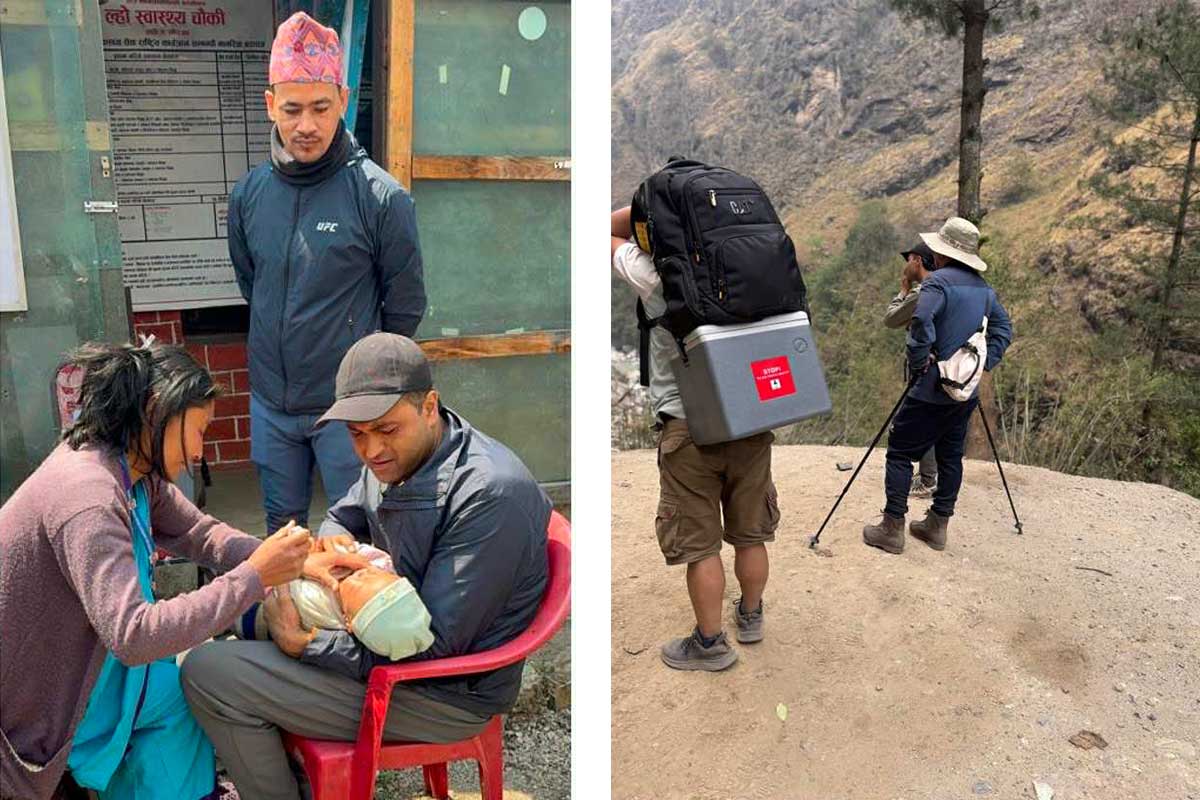
Gunning for collective – and comprehensive – safety
The “leave no child behind” ethos that characterises Nepal’s immunisation programme today was not in evidence during the country’s earliest vaccination campaign. In 1850, smallpox vaccines were on offer exclusively to members of Nepalese royal families.
But during the global smallpox eradication campaign of the following century, the practical and ethical value of universal coverage would prove itself. When, in the year 1978, Nepal launched its broader national immunisation programme, the aim was explicitly to provide “equitable” immunisation services.
Today, the government provides 11 different vaccines for free. They include BCG, pentavalent (diphtheria, pertussis, tetanus, hepatitis B, and Hib), OPV (oral polio vaccine), PCV (pneumococcal conjugate vaccine), rotavirus, fIPV (fractional inactivated polio vaccine), MR (measles-rubella), JE (Japanese encephalitis), and typhoid.
But the goal of vaccine equity hasn’t been easy to turn into reality. Socioeconomic and geographical disparities have always been the major challenge in achieving the target of complete immunisation. Nepal’s topography comprises both flat, hot plains and the world’s highest, snowbound mountain peaks. Such extremes have often meant that vaccinators have failed to reach every nook and corner of the country.
Moreover, like in many other countries, caste and ethnicity-based social exclusions still prevail. This has led children from certain communities to be disproportionately excluded even from free vaccination campaigns.
Project: search and vaccinate
Elsewhere in Gandaki province, in a rural part of hilly Parbat district, nurse and vaccinator Radha Poudel has been going door-to-door under a campaign titled Khoja e Khopa (“search and vaccinate” in Nepali). The campaign is launched each year for a number of months, with the aim of identifying any children under two who are not fully immunised.
On day this past June, her efforts paid off when she located the single remaining unvaccinated child in Kusma Municipality – a boy of 16 months. He had been born physically and mentally handicapped. Nurse Poudel learned that his family had not expected him to survive as long as he had, and had therefore not brought him to the clinic for his scheduled vaccines.
Poudel explained to his parents that vaccination could prove even more important for a vulnerable child like him. They understood, and permitted the nurse to immunise him – protecting him, and bringing the coverage rate for children under age two to a perfect 100% in Kusma municipality.
Meanwhile, in neighbouring Karnali Province, Om Prakash Poudel, focal person for Immunisation at the Provincial Health Directorate credited the door-to-door work of Khoja a Khopa with getting Nepal over the 77-district full immunisation target.
Dr Abhiyan Gautam, chief of Child Health and Immunization Services, Nepal, signalled his appreciation of the efforts of health workers across the country. Without them, he emphasised, this historic milestone would not have been achieved.
Have you read?
Sustainability of success: always a challenge
This is the first time in the long history of vaccines in Nepal that all districts at once could announce complete immunisation. This success begs an important follow-up question: will this happen every year from now on?
Dr Gautam is firm: this level of vaccination equity will be the goal in all upcoming years. During the second half of each fiscal year, the government plans to continue its successful door-to-door campaign to vaccinate missing children. In mid-April 2026, he added, he hopes to see all districts once again declare complete immunisation.
